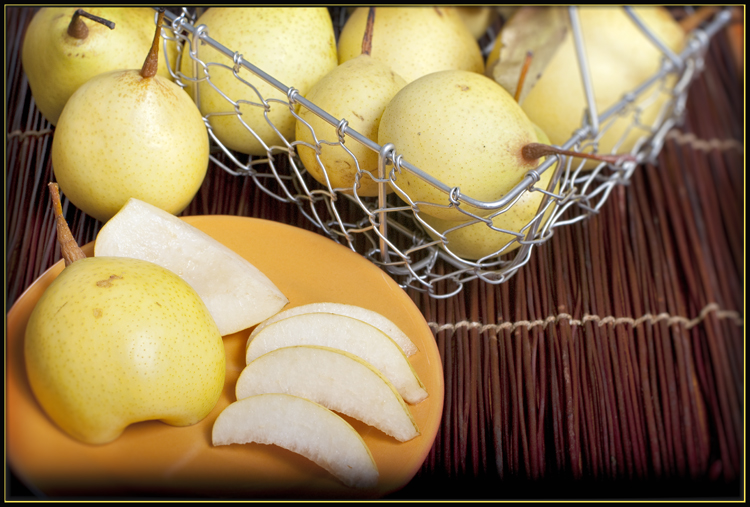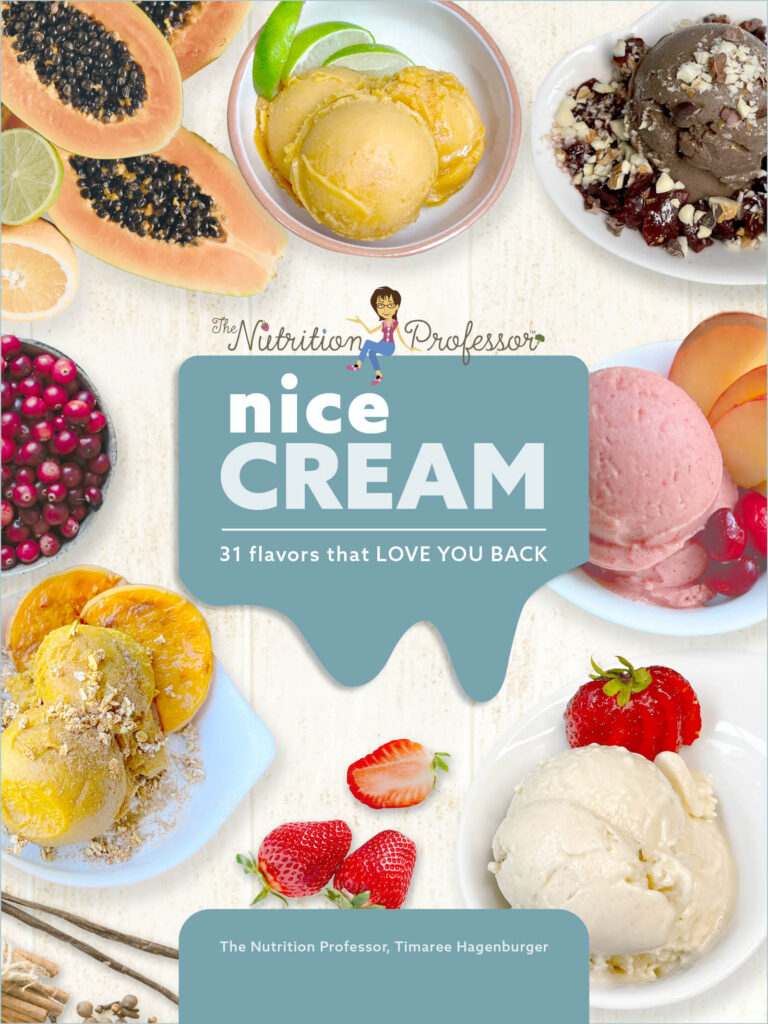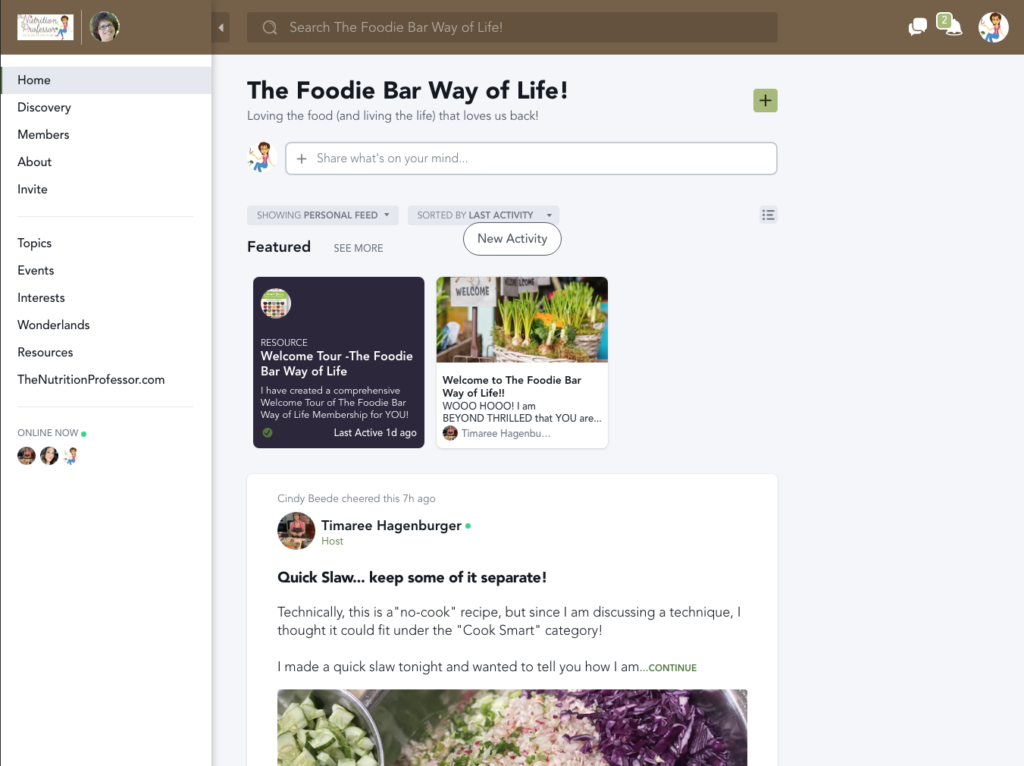Plant a tree campaigns to improve our environment are nothing new, but you might never have considered that planting your own trees could ultimately improve your family’s diet and save money.
Although there are few things more beneficial to your nutritional status than eating fresh veggies from your own garden, if gardening is too time intensive for you right now, plant a fruit tree, or two.
You can grow your own healthful snacks, desserts, and ingredients for some of your favorite recipes. Delicious fruit from your yard can bring vitamins, minerals, fiber, and amazing disease-preventing phytonutrients to your table.
When we re-landscaped our backyard several years ago, although we were originally looking for shade trees, we decided to plant a few fruit trees instead. I couldn’t be happier with that decision. Since we do not have a huge backyard, we only planted a few trees: one Santa Rosa plum, one nectarine, one Fuji apple, an Asian pear and a pomegranate bush. The sad truth is that most of the time, our trees don’t get any of our attention. However, they still produce fruit. And, fabulous fruit! I just finished some oatmeal (the recipe I put in the News-Sentinel last month), to which I added a crunchy, sweet and delectable Asian pear from our tree.
Our kids get so excited when the fruit is ready to pick. They grin ear-to-ear, as they proudly bring in the daily harvest from the backyard and can’t wait to start munching. I, too, am enamored with the process, considering each piece a little gift, always pleasantly surprised by how good the fruit tastes. I must have fairly low expectations for our trees, as we are novices and don’t even tend to the trees as we should.
Since I wanted to inspire smart decisions about choosing trees, I went to a professional. I recently spoke to Julie Kelly at Delta Tree Farms Inc. in Lodi, an extremely patient, friendly and knowledgeable woman who provided me with the wonderfully practical information below.
Choose carefully. Be sure that you get a fruit tree that you will actually enjoy cooking with and eating. Don’t plant a mushy apple tree if you are not a fan of making applesauce. If you like variety, consider purchasing a 3-in-1 or 4-in-1. These unique trees are cultivated by grafting cuttings from 3 to 4 different trees. You can enjoy harvest times spread throughout a long season and different varieties of fruit (e.g. Fuji, Gala and Yellow Delicious apples) by planting just one of these trees.
Plant for mature size, not with the intent to prune. We all know that life can get busy, and you might not get out to prune as frequently as you would like, so do not plant a tree that will grow to 15 feet wide in a 5 foot area!
Skip the dwarf trees. If you are concerned about space, choose a semi-dwarf instead. Julie says that they don’t get that much bigger than the dwarf trees, but will produce way more fruit.
Plant more than one, if you can. While the amount of fruit you get will depend on the soil, weather conditions, and age of the tree, you should definitely be enjoying fruit within a couple of years of planting. To maximize yield, you want cross-pollination to occur, so if possible, plant at least two different varieties of each fruit tree, or have your neighbor plant one variety and you plant another since the breeze can take pollen quite far.
Don’t have much space or need a fence? If you would love a few fruit trees, but also need a fence, or have a very small area to work with, you might want to look into trees that have been trained to grow laterally, known as “espalier”. A quick internet search will get you info on the process, but Kelly told me that she can order them already trained, if you don’t have the time or patience.
If you are hesitant, start with citrus — Meyer or Eureka lemons, and orange trees do very well in our area, as the weather here allows the roots to settle in, though a lime tree might prove a bit trickier, since they tend to be too cold sensitive and can grow very slowly.
When to plant? Now! Kelly mentioned that although most nurseries have their best selection in January, right now would be an ideal time to plant a fruit tree. The soil is still warm, but the air is getting cooler — at least it should be by now. This warm soil encourages the roots to get settled in and established before spring, when the weather warms up, and the tree will want to grow up and out.
Only spray if you have to since you want the plants under your trees to thrive and encourage beneficial insects and rich soil, you don’t want to spray unless needed.
Have a plan to share. When your trees start producing quite a bit of fruit, you will likely have more than you can enjoy. You will want to give away the extra to neighbors and friends, since the gift of health is the best gift that you can give, and letting the fruit drop to the ground and rot, will likely attract bugs and rodents.
Timaree Hagenburger, a registered dietitian, certified exercise physiologist with a master’s degree in public health, is a nutrition professor at Cosumnes River College and sought after speaker. She is so excited about the Plant-Based Nutrition and Sustainable Agriculture certificate program that she and her colleague started there, and also conducts local events, corporate wellness work, has a regular segment on California Bountiful TV, is a frequent podcast guest, and published her innovative and practical cookbook – The Foodie Bar Way: One meal. Lots of options. Everyone’s happy. available at www.FoodieBars.com Find details about Timaree’s upcoming events (cooking demos, book signings and talks about the incredible power you yield with your fork!), and if you missed any of her newspaper columns, podcast interviews or TV appearances, you can find them here at https://www.thenutritionprofessor.com/


 Order and learn more at www.FoodieBars.com
Order and learn more at www.FoodieBars.com

 This is a first for me... Some of MY recipes are part of a rock star compilation cookbook put together by Andrew Spud Fit Taylor!! Order it today!
This is a first for me... Some of MY recipes are part of a rock star compilation cookbook put together by Andrew Spud Fit Taylor!! Order it today!